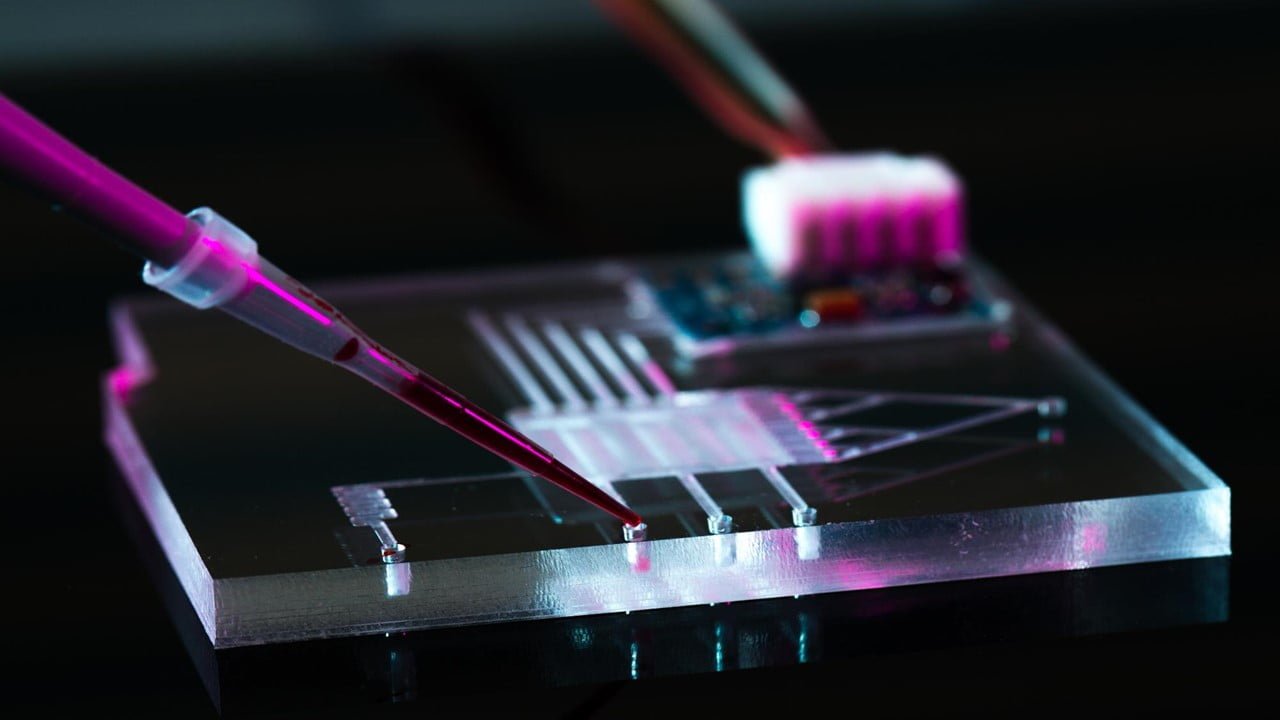
Cancer immunotherapy has brought a paradigm shift in cancer treatment. It uses the immune system’s strength to treat cancers. However, next-generation cancer immunotherapies have yet to reach their full potential. A limitation is the poor throughput of functional screens that can only evaluate a few thousand antibodies. Droplet microfluidic technology enables exceptional throughput in cell [..]
Read More
New imaging technology may lead to the early detection of neurological illnesses such as Alzheimer’s, allowing doctors to diagnose and treat patients more swiftly. The super-resolution imaging technique combines position emission tomography (PET) with an external motion-tracking device to provide detailed brain images. The patient’s undesired movements frequently hamper the quality of brain PET images [..]
Read More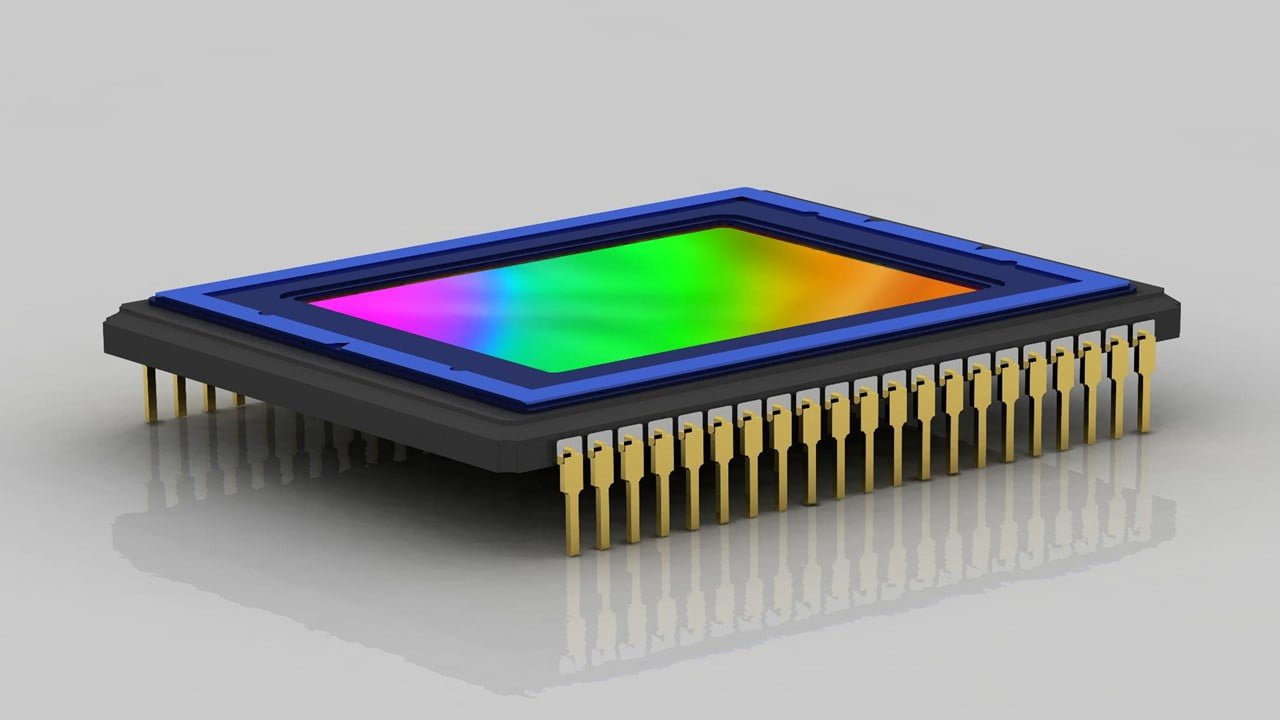
All imaging systems consist of two main components: lenses and the spaces between them. The distances between lenses are just as critical to image formation as the lenses themselves. They can easily be greater than the summed thicknesses of the lenses. Now researchers have developed an optic called spaceplate to address this dominant contribution to [..]
Read More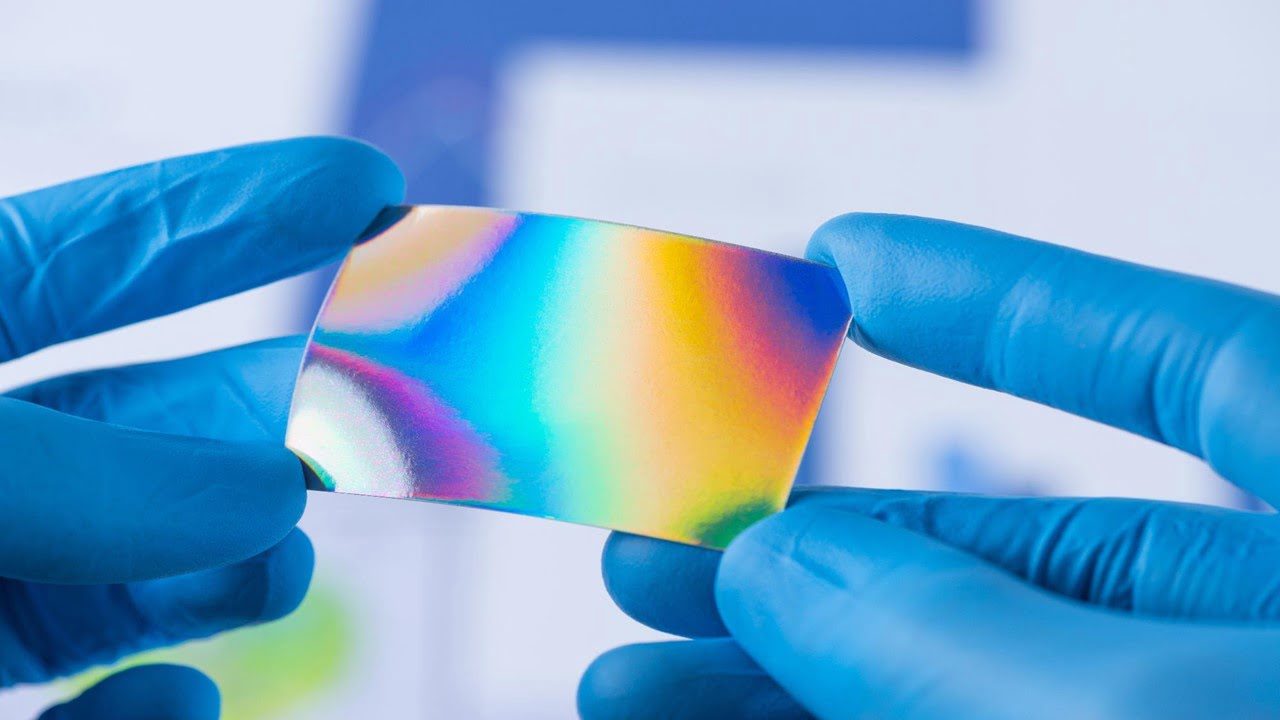
High-performance mirrors are critical for constructing optical resonators in various applications in optics and photonics. Stable resonators narrow the linewidth of continuous-wave lasers, creating optical references for frequency comb stabilization and precision molecular spectroscopy. High-performance, low-loss mirrors at mid-infrared wavelengths can help researchers probe new phenomena with increased precision in chemical sensing, discrete imaging, ultracold [..]
Read More
A new human brain imaging technology employs laser light and ultrasonic sound waves. Improvements to photoacoustic computerized tomography (PACT) technology are part of the advancement. It is so precise and sensitive that the researchers could identify even minute variations in the amount of blood moving through tiny blood arteries and the oxygenation status of that [..]
Read More
Scientists have developed a new spectroscopy technique that can spot glass imperfections. The method helps spot the subsurface structural changes of silica glass due to nanoscale wear and damage. Applications like electronic displays and vehicle windshields will benefit from this development. Surface defects are the main reason glass is less strong than steel. The researchers [..]
Read More
The convergence of nanophotonic resonators and scalable integrated photonics can benefit integrated microcomb-based systems. Optical frequency synthesis, optical atomic clocks, optical distance ranging, optical spectroscopy, microwave, radiofrequency photonics, astronomy, and telecommunications are all applications for these systems. These systems require integrated photonic interposers. Photonic interposers are required to realize the cost, size, weight, power, performance, [..]
Read MoreThe development of a blood-oxygen sensor (that clips onto your finger) eliminated the need for costly, risky, time-consuming invasive measurements that required drawing of blood and provided accurate results in real-time. Modern optoelectronics technologies have made “medicine” much more accessible, quicker, and safer. However, the blood-oxygen sensor can only measure oxygen saturation in the circulatory [..]
Read More
Researchers have developed a novel hardware design for recording neuronal activity across the three dimensions of a restrained zebrafish larva brain. This approach can help reconstruct the brain dynamics during sensory stimulation. The new design uses a traditional multiphoton microscope with an 8-kHz resonant scanner. It integrates a remote focusing system upstream based on an [..]
Read More
Scientists have begun to wonder if they are looking for the correct type of dark matter. Traditional particle physics experiments are looking for much heavier proportions. Now, researchers have repurposed existing tabletop sensor technology to look for the particles that might make up the dark matter. There is a possibility – dark photons may constitute [..]
Read More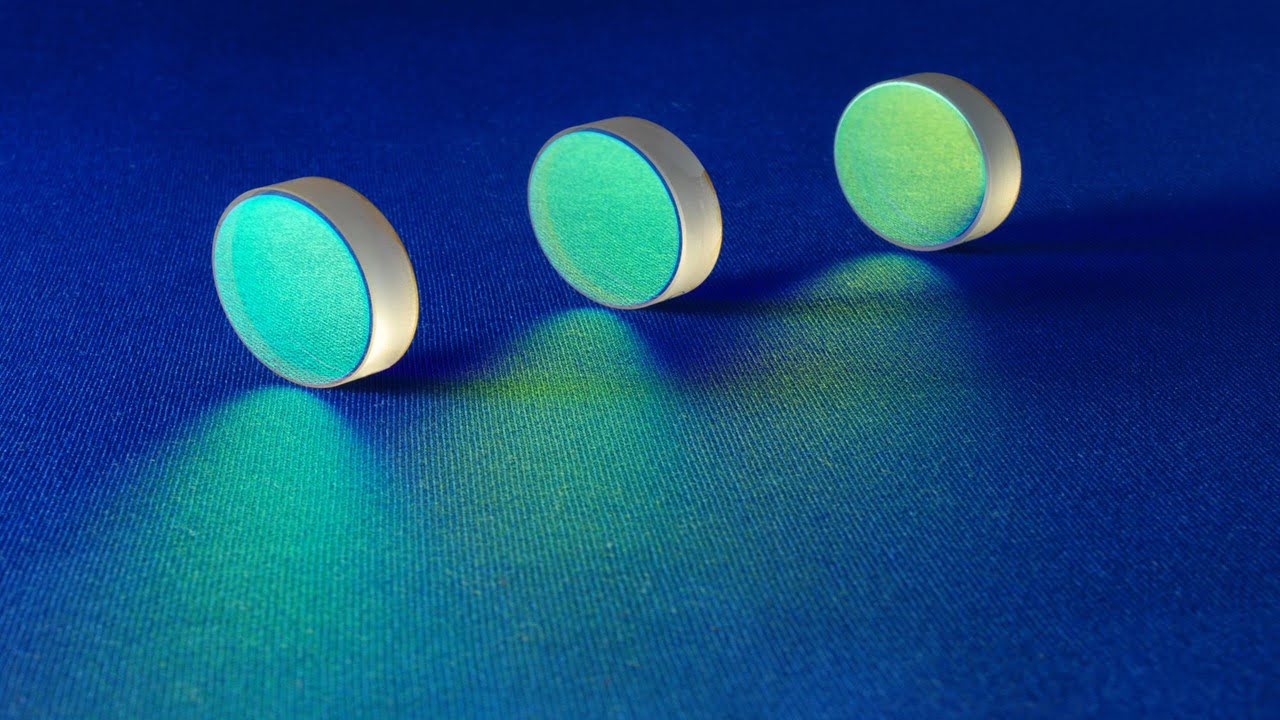
High-performance mirrors are employed to construct optical resonators in various applications in optics and photonics. Developing low-loss mirrors like those readily available throughout the near-infrared spectral region is a long-standing goal for optics and photonics researchers. High reflectance coatings play a significant part in the fabrication of low-loss mirrors. The key performance metrics for any [..]
Read More
Magnetic resonance imaging, or MRI, has been one of the most transformative medical imaging tools in the last few decades. While powerful and insightful, MRI scans are a slow technology that can frequently cause patient discomfort. A typical scan lasting 40 to 60 minutes can be overwhelming for a patient who is already in pain. [..]
Read More
Researchers have introduced the concept of metaform optics – integrating freeform optics and metasurfaces into a single optical component. This metaform architecture will benefit high-resolution optical systems with a compact form factor, such as augmented reality displays, sensors, and mobile cameras. The researchers experimentally realized a miniature imager using a metaform mirror. They used an [..]
Read More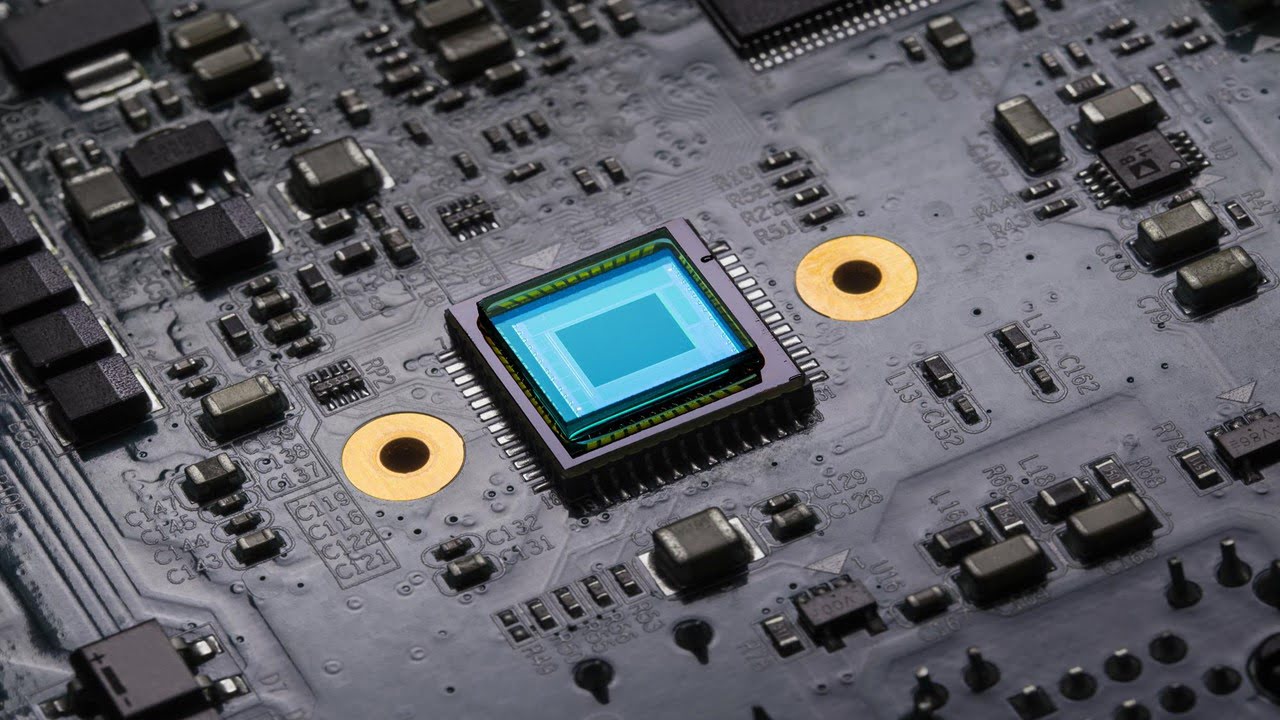
Touch sensors in mobile phones that detect finger input on the touch screen have not changed much since their first release in the mid-2000s. Conversely, the screens of smartphones and tablets continuously offer improved visual quality: higher color fidelity, higher resolution, and crisper contrast. Researchers have now developed an artificial intelligence (AI) algorithm that gives [..]
Read More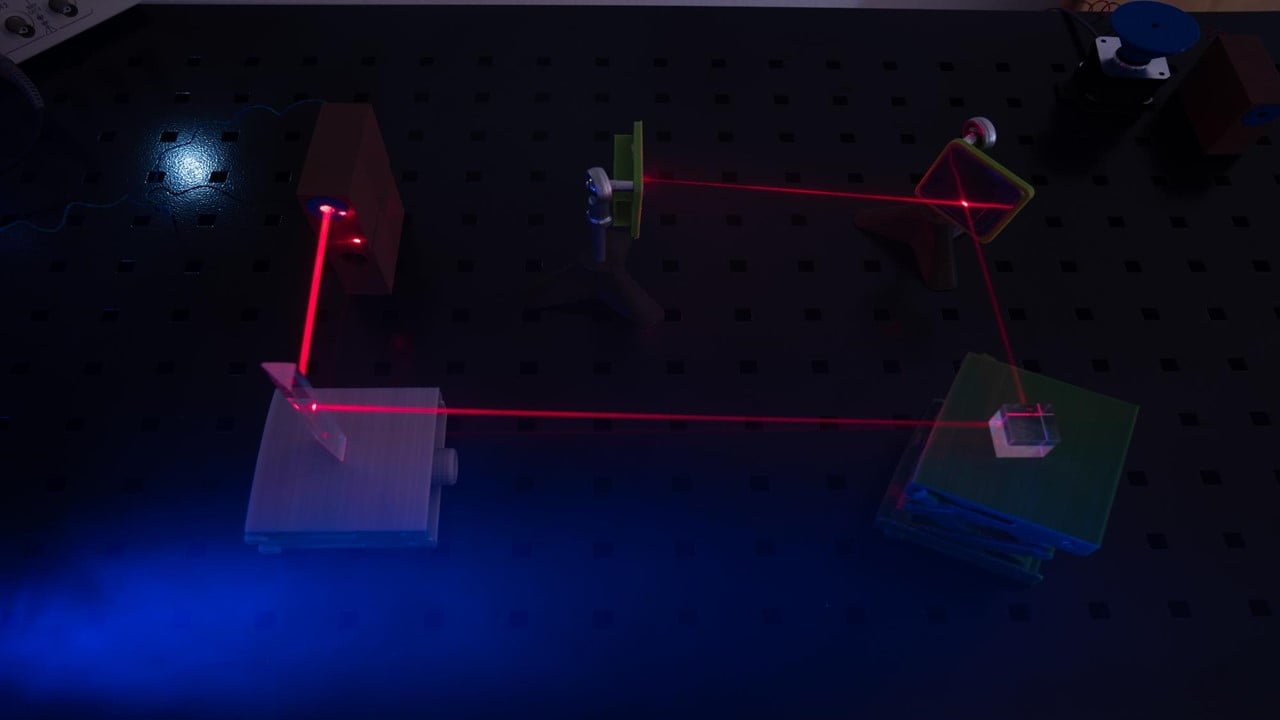
Extremely complex instruments can observe the oscillations of light directly. However, indirect frequency measurement is possible with frequency combs. Optical frequency combs are light waves composed of a large number of spectral lines spaced at equal distances. Two methods for generating frequency combs are exciting dissipative solitons in lasers or passive resonators. Both these methods [..]
Read More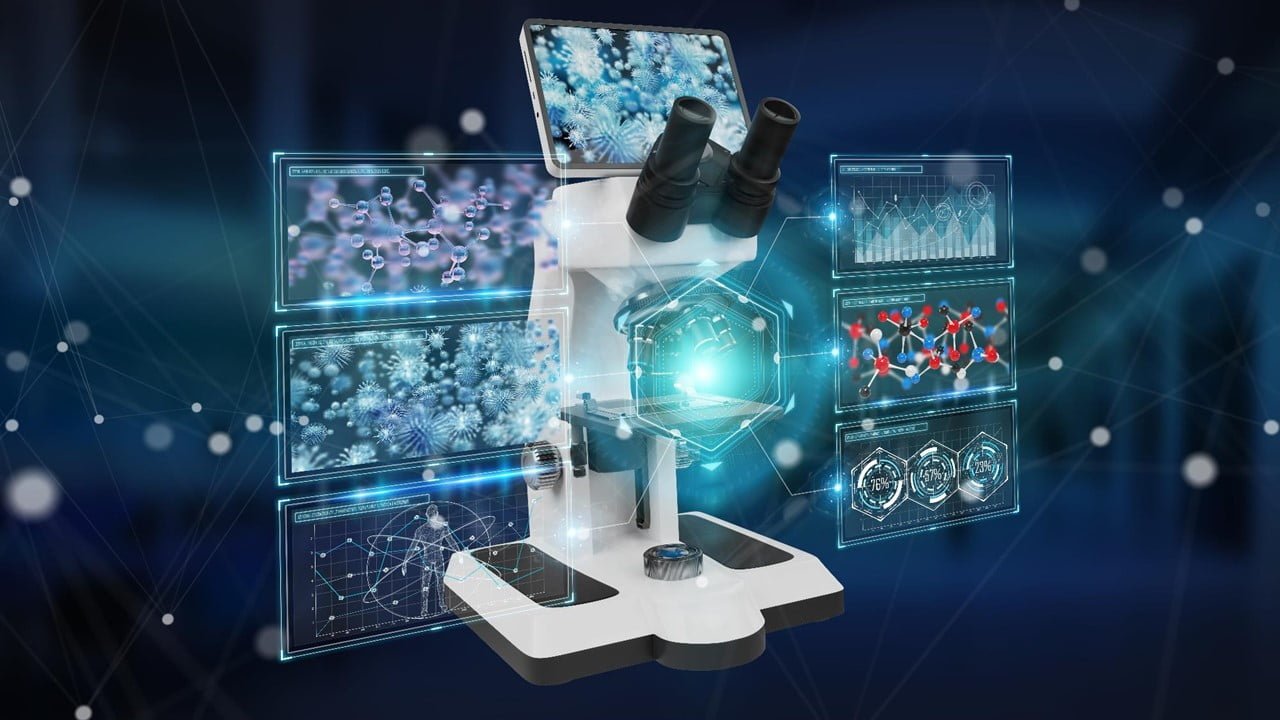
Single-molecule localization microscopy is a super-resolution imaging technique that relies on blinking fluorescent emitters’ spatial and temporal separation. Individual localization is possible for these blinking events with a precision significantly smaller than the classical diffraction limit. This sub-diffraction localization precision depends on the number of photons emitted per molecule and sensor noise. We can estimate [..]
Read More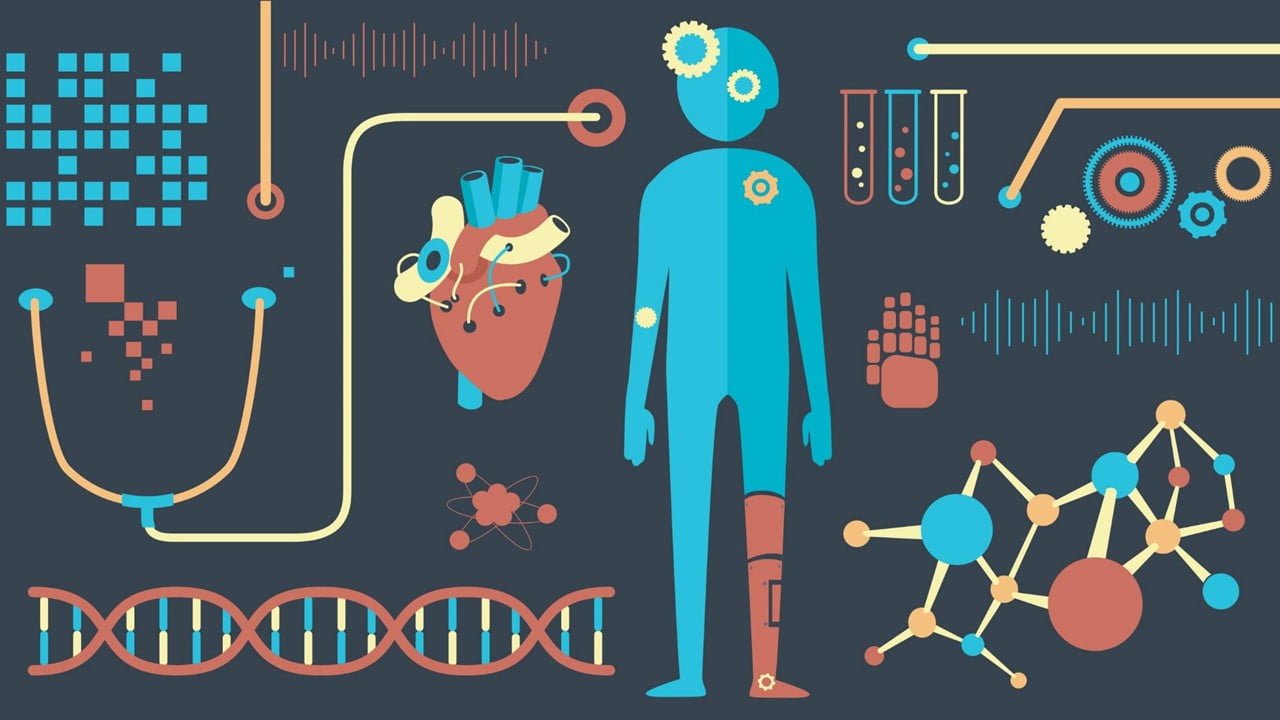
Medical imaging methods like Magnetic resonance imaging (MRI), computed tomography (CT), positron emission tomography (PET), and single-photon emission CT (SPECT) produce volumes of three‐dimensional (3D) images obtained from generating several slices in a single examination. This massive amount of medical data calls for new lossless compression methods for efficient storage and transmission. Researchers have developed [..]
Read More
Modern-day cell phone cameras advance in quality and low light sensitivity due to back-illuminated CMOS sensors and noise removal software pre-processing the captured images. These cameras’ outstanding quality and sensitivity can also act as sensitive light detectors, such as handheld cell-phone-sized Raman spectrometer, for various types of sensing. The cell-phone-based Raman and emission spectral detector, [..]
Read More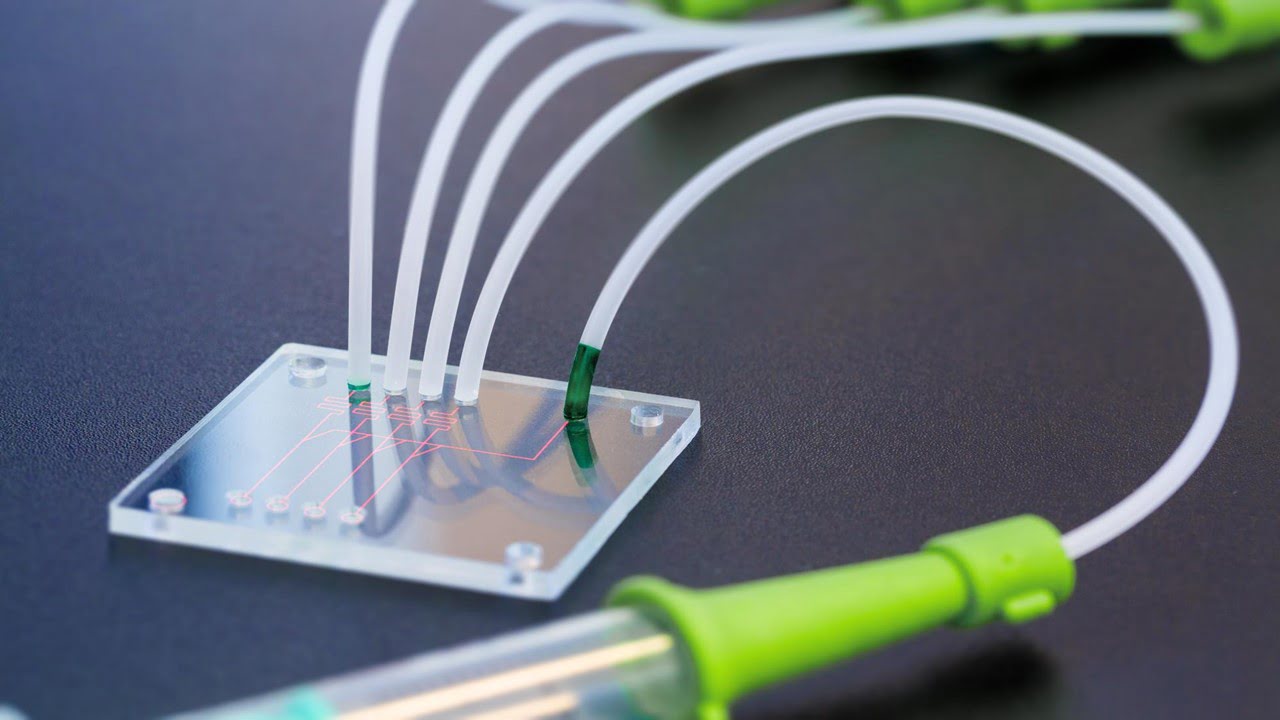
Using Organ Chips technology, researchers discovered that the antimalarial drug amodiaquine is a powerful inhibitor of infection with SARS-CoV-2, the virus that causes COVID-19. The drug testing ecosystem greatly simplifies evaluating the safety and efficacy of existing drugs for new medical applications. It serves as a proof-of-concept for the use of Organ Chips to rapidly [..]
Read More
The terahertz range holds potential for ultra-wideband wireless communications applications, including 6G and beyond, due to large and under-utilized spectral bandwidth. Terahertz communications will benefit from channelization as individual channel bandwidths will be reduced, simplifying baseband and intermediate-frequency (IF) circuits. Furthermore, passive multiplexers enable power combining of several independent sources at different frequencies, which is [..]
Read More